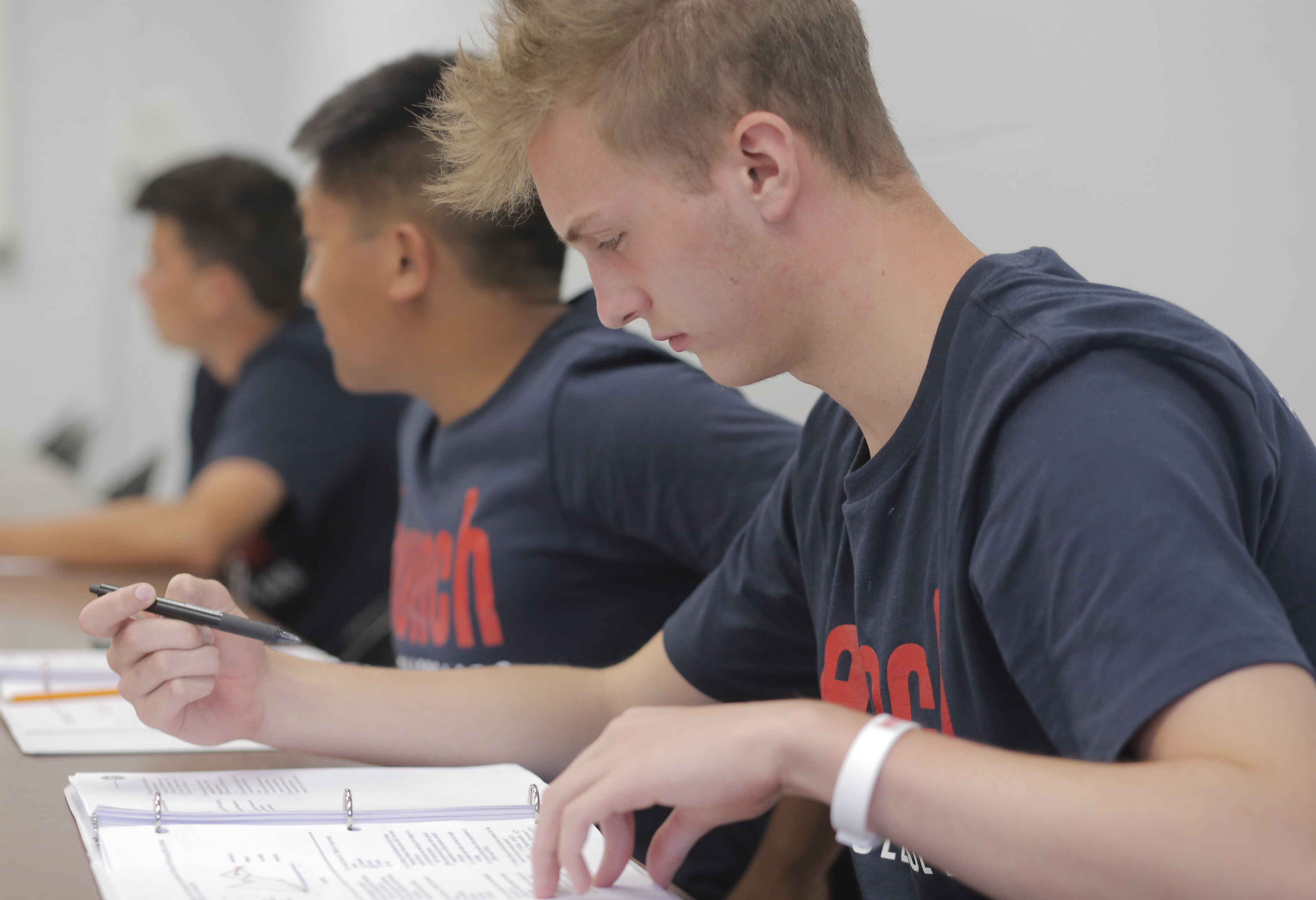ESM Welcomes College MatchPoint to the Team! Learn More

Have you ever felt that the Reading section is the hardest one to master? Do you have your grammar rules and your math formulas down pat but lack confidence on less concrete, more subjective Reading questions? Would you stumble on “nonplussed,” “geriatric,” or “anodyne?”
Many of my students answer these questions in the affirmative. We spend time discussing the types of questions on Reading sections—main idea, detail, inference, evidence, etc.—and their corresponding methodologies, but that’s not the whole picture. I implore my students to read for reading’s sake, to do independent reading, to read books even though they weren’t assigned for homework. Confidence on the Reading section requires a continuing commitment to omnivorous reading: literature, argumentative prose, news articles, and charts. If you’re reading this article and need guidance on how to build your own independent reading practice, see my previous article here. But how should you structure your independent reading?
Think about the building blocks of language. Letters are the fundamental unit, and they combine to create words. You’ve had letters under control since kindergarten, but words are trickier. By most estimates, there are more than one million English words and there are over 170,000 of them in use. The more words you know, the better your chances of fully comprehending the passages you encounter. Buy a notebook or create an Excel spreadsheet for vocabulary. Every time you bump into a word you don’t know, add that word, its part of speech, and its definition to your vocabulary list. Obvious. But go a step further: use the word in a sentence of your own and include that in your entry for the word. Memorizing word-definition combinations isn’t enough. You need to get a feel for the word, too. Then, every twenty words, quiz yourself on a set. Read, add, reinforce.
Here’s an example of an entry.
Word: (Adj.) Assiduous.
Definition: Showing great care and perseverance.
Sentence: The assiduous student wrote down every single word she did not know when reading James Joyce’s Ulysses, filling an entire notebook with words, definitions, and sample sentences.
Let’s return to the architecture of language. Words string together to make sentences, and series of sentences comprise paragraphs. Sequenced paragraphs build up sections, chapters, or articles. You should habituate yourself to a brief moment of reflection each time you finish a paragraph. In literary texts, ask yourself how the plot was advanced or what you learned about a character. In analytical texts, ask yourself what the main idea was or how the author’s bias might be evinced.
Word: (V.) Evince.
Definition: Reveal the presence of (a quality or feeling).
Sentence: The fact that I have provided two sample vocabulary list entries evinces my desire to instill in you the habit of learning new words.
Paragraph by paragraph, you sketch roads and add landmarks to a mental map of the text. When you finish a chapter or an article, you must also reflect -- but from a higher vantage point, zoomed further out so that you can see the whole map. In an argumentative text, you identify the author’s main point. In a literary text, you consider the themes the author has addressed, the techniques the author has used, the relationships between characters, and the advancement of the narrative.
The process of reflection starts in your head but must finish on paper. Write notes in margins when you reflect on paragraphs, and make Word documents or keep a notebook for reflections on paragraphs and articles. That may sound like an ordeal, but habits of active reading will structure your thinking in the right manner for the Reading section and set you up for success with complex texts in college and graduate school. Spend a few hours per week on structured independent reading over the summer - it may not seem quite as fun as another go on the zip line, but it’ll take you a lot further.